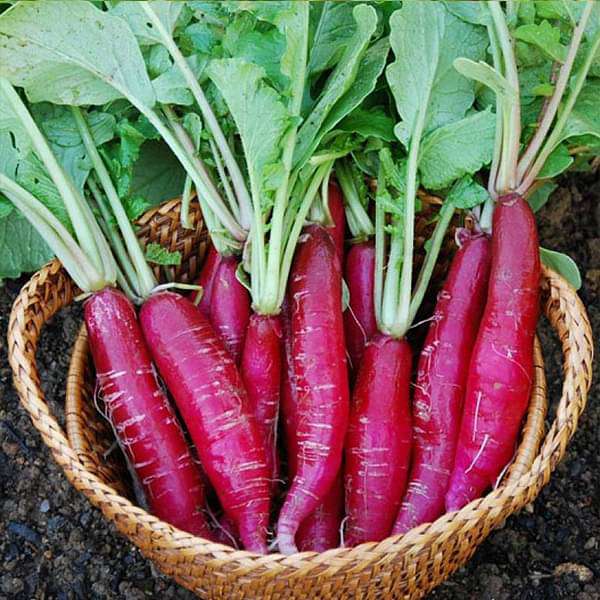
Radish F1 Long Red - Vegetable Seeds
(MRP Inclusive of all taxes)
- Shipping ₹79 for entire order
- Dispatch in 7 days
- Country of origin: India

(MRP Inclusive of all taxes)

 Sold out
Sold out
Capsicum Green - Desi Vegetable Seeds Capsicum Green, also known as bell pepper, is a vibrant and nutritious addition to your garden. Thes...
View full details
 Save 25%
Save 25%
Coriander Panipat - Desi Vegetable Seeds Coriander Panipat is a premium variety of coriander seeds, cherished for its aromatic leaves and ...
View full details
 Sold out
Sold out
Cherry Tomato, Cherry Tomato Honey - Vegetable Seeds Discover the delightful world of Cherry Tomato Honey seeds, perfect for home gardener...
View full details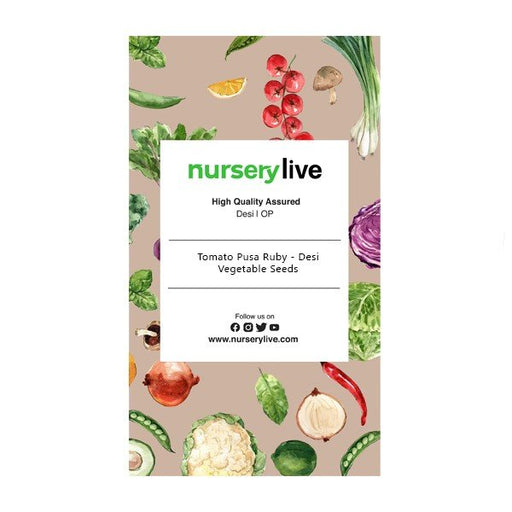
 Sold out
Sold out
Tomato Pusa Ruby - Desi Vegetable Seeds The Tomato Pusa Ruby is a premium variety of tomato seeds, renowned for its vibrant red color, jui...
View full details
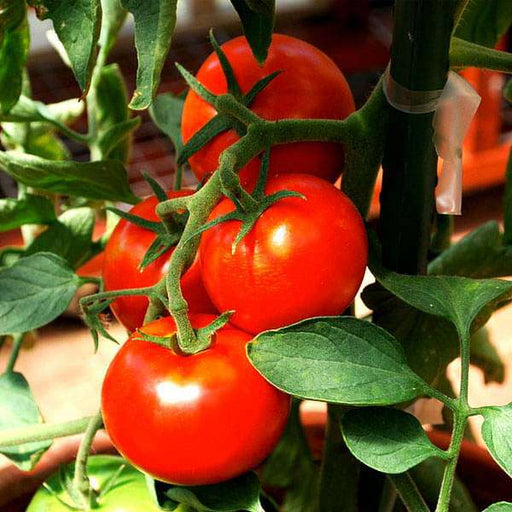 Save 25%
Save 25%
Tomato Ped - Desi Vegetable Seeds Introducing the Tomato Ped - Desi Vegetable Seeds, a premium selection of heirloom tomato seeds that pro...
View full details
 Save 25%
Save 25%
Chilli Surajmukhi - Desi Vegetable Seeds Introducing the Chilli Surajmukhi, a unique variety of desi vegetable seeds that brings a burst o...
View full details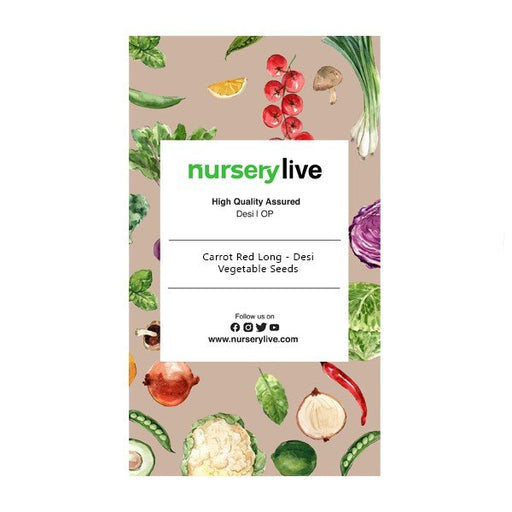
 Save 25%
Save 25%
Carrot Red Long - Desi Vegetable Seeds Introducing the Carrot Red Long - Desi Vegetable Seeds, a premium variety known for its vibrant col...
View full details
 Sold out
Sold out
Capsicum Green - Desi Vegetable Seeds Capsicum Green, also known as bell pepper, is a vibrant and nutritious addition to your garden. Thes...
View full details
 Save 25%
Save 25%
Coriander Panipat - Desi Vegetable Seeds Coriander Panipat is a premium variety of coriander seeds, cherished for its aromatic leaves and ...
View full details
 Sold out
Sold out
Cherry Tomato, Cherry Tomato Honey - Vegetable Seeds Discover the delightful world of Cherry Tomato Honey seeds, perfect for home gardener...
View full details
 Sold out
Sold out
Tomato Pusa Ruby - Desi Vegetable Seeds The Tomato Pusa Ruby is a premium variety of tomato seeds, renowned for its vibrant red color, jui...
View full details
 Save 25%
Save 25%
Spinach All Green - Desi Vegetable Seeds Introducing the Spinach All Green - Desi Vegetable Seeds, a premium variety of spinach that thriv...
View full details
 Save 25%
Save 25%
Tomato Ped - Desi Vegetable Seeds Introducing the Tomato Ped - Desi Vegetable Seeds, a premium selection of heirloom tomato seeds that pro...
View full details
 Save 25%
Save 25%
Chilli Surajmukhi - Desi Vegetable Seeds Introducing the Chilli Surajmukhi, a unique variety of desi vegetable seeds that brings a burst o...
View full details
 Save 25%
Save 25%
Carrot Red Long - Desi Vegetable Seeds Introducing the Carrot Red Long - Desi Vegetable Seeds, a premium variety known for its vibrant col...
View full details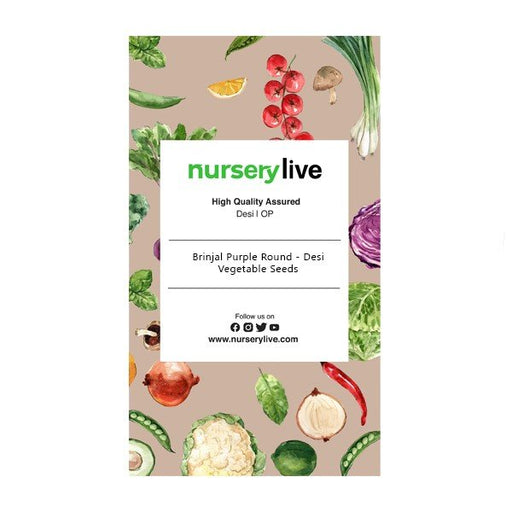
 Save 25%
Save 25%
Brinjal Purple Round - Desi Vegetable Seeds Discover the rich flavors and vibrant colors of Brinjal Purple Round, a staple in Indian cuisi...
View full details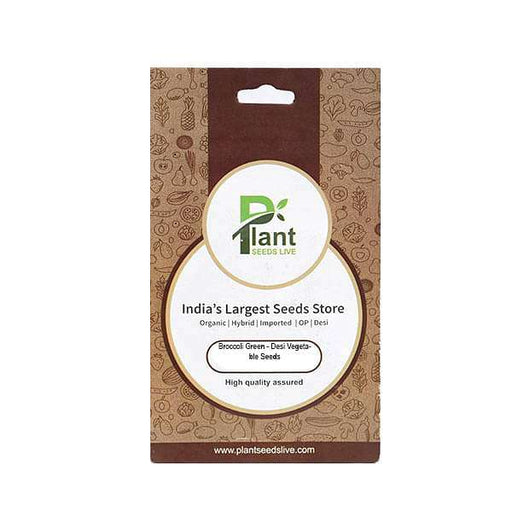
 Save 25%
Save 25%
Broccoli Green - Desi Vegetable Seeds Discover the vibrant world of Broccoli Green with our premium Desi Vegetable Seeds. Known for its ri...
View full details
 Save 35%
Save 35%
Best 6 Plants for Perfect Indoor Garden Transform your living space into a lush oasis with our curated collection of the Best 6 Plants for a...
View full details
 Save up to 50%
Save up to 50%
Mini Succulent Garden Pack Transform your space with our Mini Succulent Garden Pack, featuring a delightful collection of 4 any variety beautiful s...
View full details
 Save 30%
Save 30%
5 Best Fragrant Plants Transform your garden or indoor space into a fragrant paradise with our curated selection of the 5 Best Fragrant Plants. Th...
View full details
 Save 24%
Save 24%
Set of 2 Bonsai Looking Grafted Adeniums Transform your indoor or outdoor space with our exquisite Set of 2 Bonsai Looking Grafted Adenium...
View full details Save 45%
Save 45%
Top 4 Die Hard Succulents Pack Transform your indoor or outdoor space with our Top 4 Die Hard Succulents Pack, featuring a curated selecti...
View full details
 Save 30%
Save 30%
5 Best Indoor Plants Pack Transform your living space into a lush oasis with our '5 Best Indoor Plants Pack.' This carefully curated collection fe...
View full details
 Save 25%
Save 25%
Set of 4 Evergreen Air Purifier Plant Pack Transform your indoor space into a lush, green oasis with our Set of 4 Evergreen Air Purifier Pla...
View full details| SrNo | Item Name |
|---|---|
| 1 | Radish F1 Long Red - Vegetable Seeds |
Introducing the Radish F1 Long Red, a premium variety of vegetable seeds that promises a bountiful harvest of crisp, vibrant red radishes. Known for their elongated shape and exceptional flavor, these radishes are perfect for salads, garnishes, and culinary creations. With a quick growth cycle of just 25-30 days, they are ideal for both novice and experienced gardeners looking to add a splash of color and crunch to their dishes.
The Radish F1 Long Red stands out due to its unique combination of taste, texture, and nutritional benefits. Rich in vitamin C, potassium, and antioxidants, these radishes not only enhance your meals but also contribute to a healthy diet. Their striking appearance and crisp bite make them a favorite among chefs and home cooks alike.
This variety is specially bred for uniformity and disease resistance, ensuring a robust yield. The long, cylindrical shape allows for easy harvesting and adds an aesthetic appeal to your garden. Additionally, Radish F1 Long Red is known for its adaptability to various soil types and climates, making it a versatile choice for gardeners everywhere.
Growing Radish F1 Long Red contributes positively to the environment by promoting biodiversity and improving soil structure. As a fast-growing crop, they can be interplanted with slower-growing vegetables, maximizing garden space and reducing the need for chemical fertilizers. Additionally, radishes are known to attract beneficial insects, enhancing the overall health of your garden ecosystem.
If you think radishes are just a crunchy addition to your salad, think again! Radish seeds are the tiny powerhouses of flavor and nutrition. These little gems pack a punch, sprouting into vibrant, peppery delights that can elevate any dish. Plus, they’re easy to grow, making them the perfect choice for both seasoned gardeners and those just starting their green-thumb journey. With a little love and care, you’ll be harvesting your own radishes in no time, impressing friends and family with your gardening prowess.
The F1 hybrid radish is like the superhero of the vegetable world. Bred for superior traits, these radishes are known for their fast growth, disease resistance, and uniformity. They’re the result of a carefully orchestrated matchmaking process that combines the best characteristics of parent plants. So, if you want radishes that are not only delicious but also robust and reliable, the F1 hybrid is your go-to choice.
Long red radishes are the runway models of the vegetable garden, standing tall and proud with their striking color and elongated shape. These beauties are not just a feast for the eyes; they also deliver a crisp, zesty flavor that can spice up any dish. Whether you’re slicing them for a salad or pickling them for a tangy snack, long red radishes are sure to steal the show.
Vegetable gardening is like hosting a party where the guests are your favorite veggies. It’s a delightful way to connect with nature, get some fresh air, and enjoy the satisfaction of growing your own food. Plus, there’s nothing quite like the taste of a homegrown radish, plucked straight from the earth. So grab your trowel and get ready to dig in; your garden awaits!
If you’re all about that organic life, then organic radish seeds are your ticket to a chemical-free garden. These seeds are grown without synthetic fertilizers or pesticides, ensuring that your radishes are as pure as your intentions. By choosing organic, you’re not just growing food; you’re cultivating a healthier planet. So, let’s get our hands dirty and grow some radishes that are as good for the earth as they are for your taste buds.
Growing radishes can be as easy as pie, but a few tips can take your crop from good to great. First, remember that radishes love cool weather, so plant them in early spring or fall. Keep the soil moist but not soggy, and watch out for pests that might want to munch on your precious greens. With a little patience and care, you’ll be rewarded with a bountiful harvest that will make your neighbors green with envy.
The world of radishes is a colorful one, with varieties that range from the classic red globe to the exotic black radish. Each type brings its own unique flavor and texture to the table, making it a fun adventure for your taste buds. So why settle for just one kind? Experiment with different radish varieties in your garden and discover a whole new world of crunch and spice.
Radishes are not just a pretty face; they come with a host of health benefits that make them a must-have in your diet. Packed with vitamins, minerals, and antioxidants, these crunchy veggies can aid digestion, boost your immune system, and even help with weight management. So, the next time you munch on a radish, remember you’re not just enjoying a tasty snack; you’re also doing your body a favor.
If you think radishes are just for salads, think again! These versatile veggies can be roasted, pickled, or even turned into a zesty salsa. With their peppery flavor and satisfying crunch, radishes can add a delightful twist to a variety of dishes. So, roll up your sleeves and get creative in the kitchen; your taste buds will thank you for it!
In the world of gardening, radishes are the social butterflies, thriving alongside a variety of companion plants. They get along famously with cucumbers, lettuce, and even beans, helping to deter pests and improve soil health. So, if you want to create a harmonious garden ecosystem, consider planting radishes with their leafy friends for a bountiful harvest.
Once you’ve harvested your radishes, proper storage is key to keeping them fresh and crunchy. Store them in a cool, dark place, preferably in the fridge, to maintain their crispness. Avoid washing them until you’re ready to eat, as excess moisture can lead to spoilage. With the right storage techniques, you can enjoy your radishes for weeks, adding a burst of flavor to your meals.
Radish F1 Long Red - Vegetable Seeds are your ticket to crunchy, zesty goodness! These seeds sprout into long, vibrant red radishes that add a pop of color and flavor to your salads. Perfect for those who want to grow their own veggies without the fuss—just plant, water, and watch them thrive!
Patience is a virtue, but with Radish F1 Long Red, you won’t need much! These speedy little veggies typically sprout in about 25 to 30 days. So, if you’re looking for a quick harvest to impress your friends, these radishes are your best bet—just don’t forget to water them!
They might throw a tantrum! So, give them a cozy home, and they’ll reward you with crunchy, delicious radishes in no time.
Absolutely! Radish F1 Long Red is the perfect candidate for container gardening. Just ensure your pot is at least 6 inches deep and has good drainage. They’ll happily grow in a cozy container, making them ideal for balconies or patios. Who knew radishes could be such urban dwellers
Watering is key, but don’t drown them! Aim for consistent moisture, watering about once a week or when the top inch of soil feels dry. Radishes prefer a Goldilocks approach—not too wet, not too dry, but just right. Keep them happy, and they’ll reward you with a crunchy harvest!
Ah, the garden’s uninvited guests! Watch out for aphids and flea beetles, who think your radishes are their personal buffet. A little neem oil or insecticidal soap can send them packing. Keep an eye on your radishes, and you’ll ensure they grow up strong and pest-free!
You bet! Radish F1 Long Red leaves are edible and packed with nutrients. They can be sautéed, added to salads, or blended into smoothies for a peppery kick. Don’t let those greens go to waste—embrace the whole plant and enjoy a radish revolution in your kitchen!
Not all heroes wear capes, but some seeds are organic! Check the packaging for certification if you’re aiming for organic gardening. Many suppliers offer organic Radish F1 Long Red seeds, ensuring you grow your veggies without synthetic pesticides. It’s a win-win for you and Mother Nature!
Timing is everything! Harvest your Radish F1 Long Red when they’re about 6 to 8 inches long—just peek beneath the soil. If they’re too small, give them a little more time. But don’t wait too long, or they might get woody. It’s a delicate balance, but you’ve got this!
Saving seeds from Radish F1 Long Red is a bit tricky. These hybrids may not produce offspring true to type, so you might end up with a surprise mix! If you’re feeling adventurous, let a few radishes bolt and collect the seeds, but don’t expect a guaranteed radish clone!
Time to crunch away!